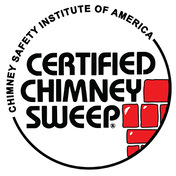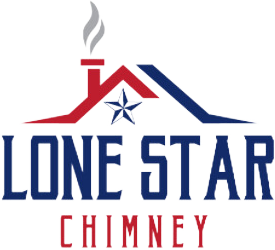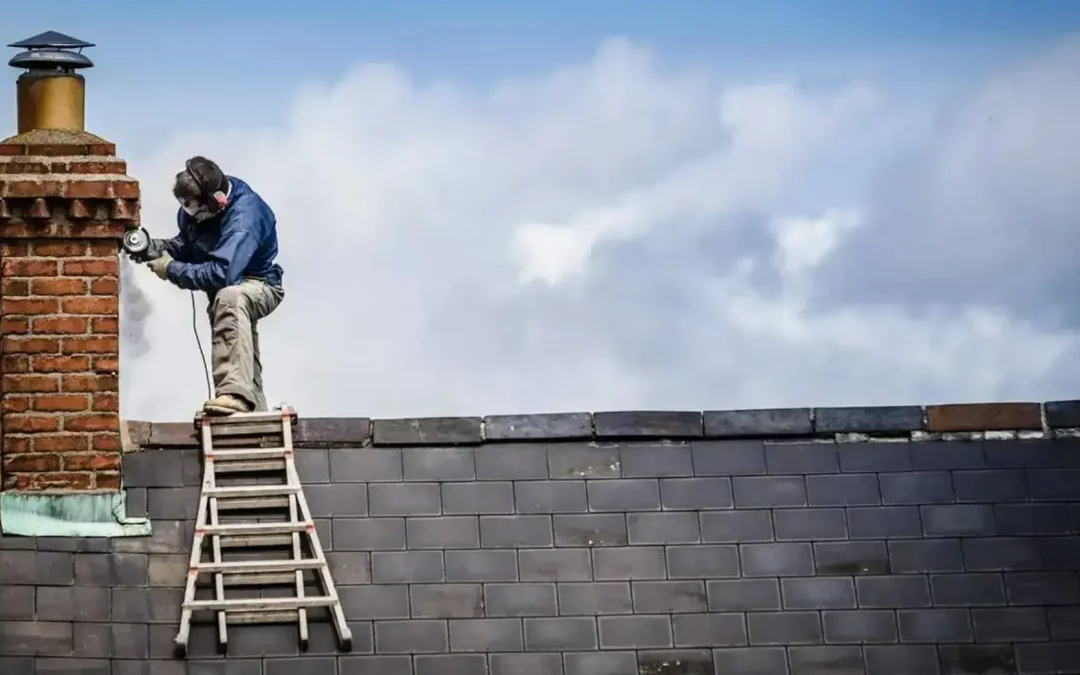Identifying chimney damage early is key to preventing costly and dangerous repairs. Regular inspections are essential, but there are also signs homeowners can look out for between professional inspections. Cracks in the chimney’s masonry or mortar joints are a common indication that the structure is weakening. Another warning sign is water damage, such as rusted or corroded metal components and damp spots inside your fireplace. If you notice an increase in the amount of smoke in your living space or a foul odor coming from the chimney, this could point to a blockage or damage to the flue. Regularly monitoring your chimney’s condition allows you to detect problems early, leading to quicker, more affordable chimney repair before the damage worsens. Early intervention ensures your chimney remains safe and efficient.
Common Signs of Chimney Damage to Watch For
To identify chimney damage before it gets worse, pay attention to a few key indicators. Loose or missing bricks, especially around the chimney crown or top, signal the need for immediate attention. Also, look for signs of moisture, such as rusted damper parts or stains inside the fireplace. Excessive soot buildup or a smoky smell can indicate cracks in the chimney lining, allowing dangerous gases to leak into your home. If you notice these warning signs, it’s time to call in a professional for a thorough inspection and necessary chimney repair. Early detection helps prevent further damage, saving you time and money.
Why Timely Repairs Are Essential
Timely chimney repair prevents minor issues from escalating into major safety hazards. Delaying repairs can allow water, smoke, or harmful gases to damage both your chimney and your home. The longer you wait to repair your chimney, the more costly and complicated the repairs will be. Early repairs also reduce the risk of carbon monoxide buildup, which can be deadly. By scheduling regular inspections and addressing damage promptly, you maintain a safe and functional chimney, ensuring the longevity of your home’s heating system.


